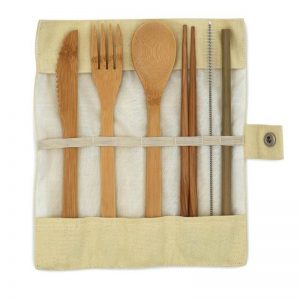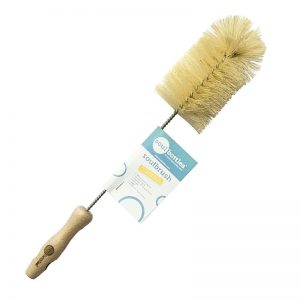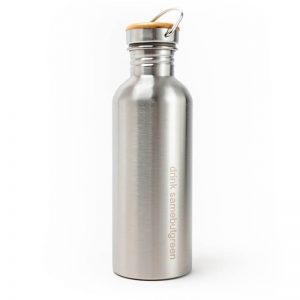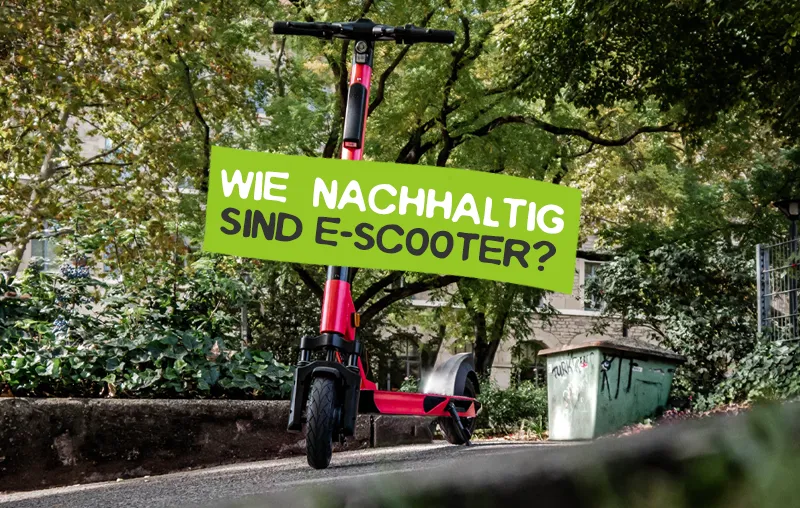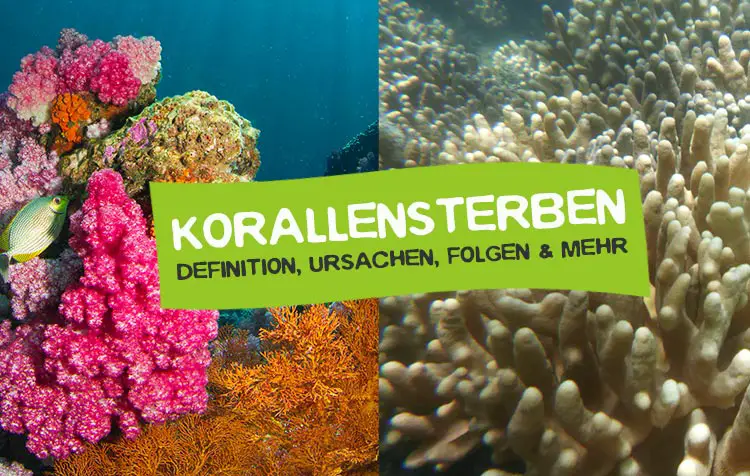What actually is microplastic? If you want to get to the bottom of this question, you've come to the right place! Sooner or later, all larger plastic objects in the environment break down into tiny particles. But as tiny as they may seem, these microplastic particles have become one of the biggest environmental problems of our time over the last few decades.
We now find them in almost all areas of our lives: whether in the sea or in a swimming lake, in the soil, in our clothes or in our food, even in the air we breathe.
But what exactly is microplastic, how does it get into the environment, how dangerous is it and what can each of us do about it? In this article, I'll answer these questions and show you exactly what microplastics are. Let's go!
Here is a brief overview for you in advance:
Definition: What is microplastic?
Microplastics are plastics, so-called synthetic polymers, which smaller than five millimeters are. They are often so small that you can't see them at all - or only with a magnifying glass. They are divided into two different types:
- Primary microplastic are plastic pellets that are used in fine or liquid form. For example, as plastic pellets to make larger plastic products - or as components of household cleaners or cosmetic products.
- Secondary microplastics is created when larger plastic parts (e.g. plastic bags or plastic bottles) break down into their original form over the course of decades. This happens in the environment, for example through the influence of sun and water.
Causes: How do microplastics get into the environment?
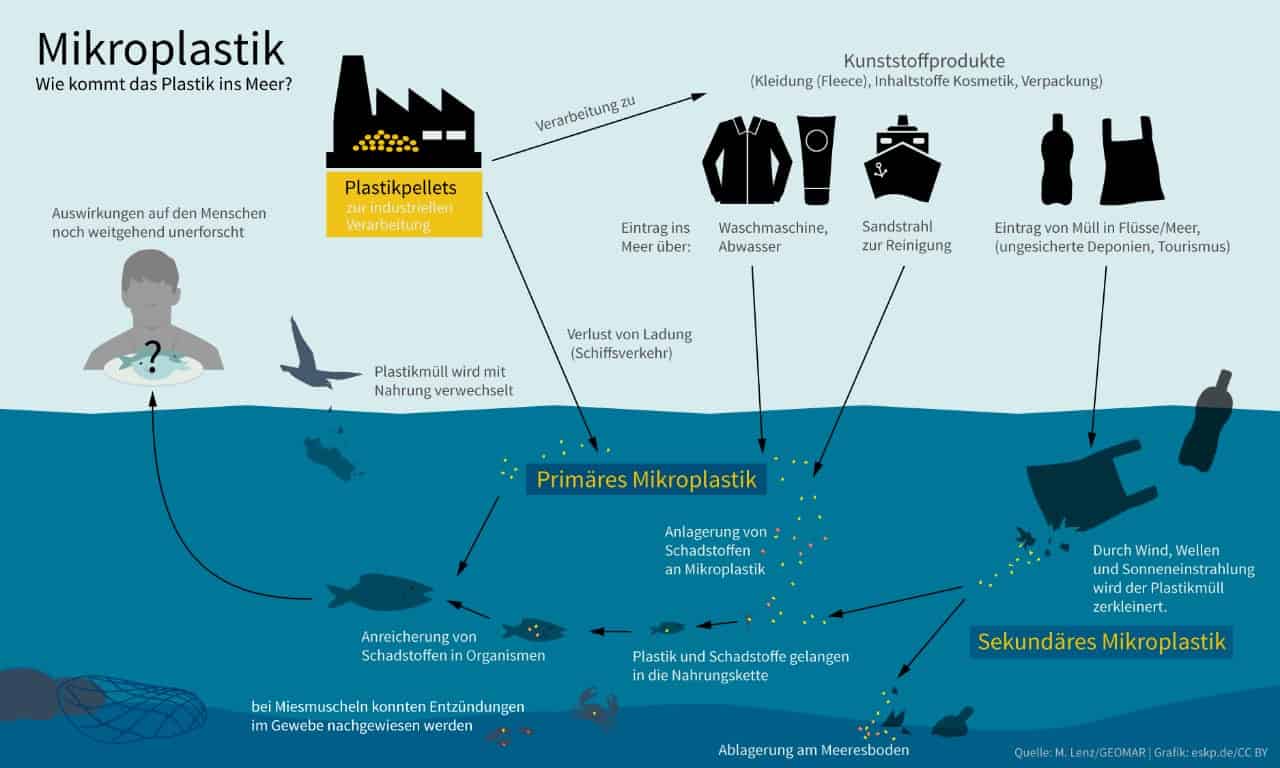
Conventional Plastic is produced from the limited raw material crude oil or petroleum, which is just not biodegradable is. Only over the course of decades and centuries does it slowly decompose into tiny plastic particles, which remain in the environment forever.
But how and via which pathways does it get into the environment or the sea? The graphic above gives a pretty good overview. But here I have listed some of the most common causes of microplastics in the environment compiled:
- Tire abrasion of cars lying on the roads.
- Cosmeticssuch as scrubs and shampoos, whose ingredients flow down the drain.
- Shoe soleswhose friction leaves microplastics on the ground.
- Washeswhere plastic fibers from clothing end up in the drain.
- Construction siteswhere, for example, plastics, paints, varnishes and insulating materials are used.
- Sewage sludgewhich is spread on fields and comes from household wastewater.
- Plastic waste decomposerwhich is Littering has ended up in nature.
Sewage treatment plants cannot stop the tiny particles. And even though microplastics are often produced on land, they inevitably end up in the sea through rain and rivers.
The following Reportage also illustrates the fundamental problem with microplastics - and its causes - quite well:
Consequences: Why are microplastics so dangerous?
More and more microplastics are polluting natural waters and ending up in our oceans. There it is also used by eaten by marine organisms.
Microplastics that enter the body's own cells have a major impact on marine life. Initial studies show that the particles lead to Physiological disorders, lower reproduction rates or increased mortality rates in certain oysters, crabs or fish.1
In this way, the plastic then also into the Food chain and on the plates of all the mixed-food eaters and pescetarians out there. The technical term for this is Bioaccumulation of the poisons.
How it affects our own mental or physical health, when we humans eat microplasticsare still largely unexplored. The consequences for our health can therefore neither be quantified nor estimated. However, some substances, such as BPA, are considered Potentially harmful to health classified.
Solutions: Where can we avoid microplastics in everyday life?
Microplastics can be in many everyday products which is why we can all do something about the problem! Here I will show you the simple but effective measures you can use to Avoid microplastics simply by following your heart.
1. use apps against microplastics
Microplastics have many Different and complicated names! And often we don't even know whether the small plastic particles are hidden in a shampoo, a scrub or a cream.
And somehow Manufacturer:inside also informed about it that we as customers feel the desire to avoid microplastics in the respective product.
In this respect I find the following two apps particularly helpful:
- Codecheck app against microplastics: The Codecheck App uses the integrated barcode scanner to tell you whether a product contains microplastics or other harmful substances. The app also suggests suitable plastic-free alternatives. This means you can quickly identify microplastic products and play it safe in drugstores, supermarkets and other stores.
- ReplacePlastic app against microplastics: With the Replace Plastic App from Association "Coast against plastic" you can use a quick barcode scan to let manufacturers know directly that you would like their product to be free of microplastics or typical plastic packaging. The more customers have the same idea, the faster the product will change for the better.
2. prefer clothing with natural fibers and use "Guppyfriend"
From the Jeans trousersabout the Sports shirt and the Swimming trunksup to the chic Cocktail dressUnfortunately, many items of clothing are made entirely or partly from synthetic fibers.
Garments from synthetic materials however, release tiny fibers with every wash or every dip in the cool water, which eventually end up in the sea. That's why it's better to opt for natural, microplastic-free clothing whenever possible. You can usually get them made from cotton, hemp and linen at sustainable fashion brands.
More than a third of the microplastics in the world's oceans now come from our clothing.2 But at the moment there are still Not a perfect methodto be able to stop microplastics 100 percent during washing cycles.
In my opinion, however, the best alternative at present is the Guppyfriend wash bag in which you put your clothes before washing them. According to some tests, it can up to 70 percent of microplastics from the laundry from going down the drain. You can then also see them and simply collect them from the bag after the wash cycle. The You can get microplastic wash bags here*.
3. drive less often by car
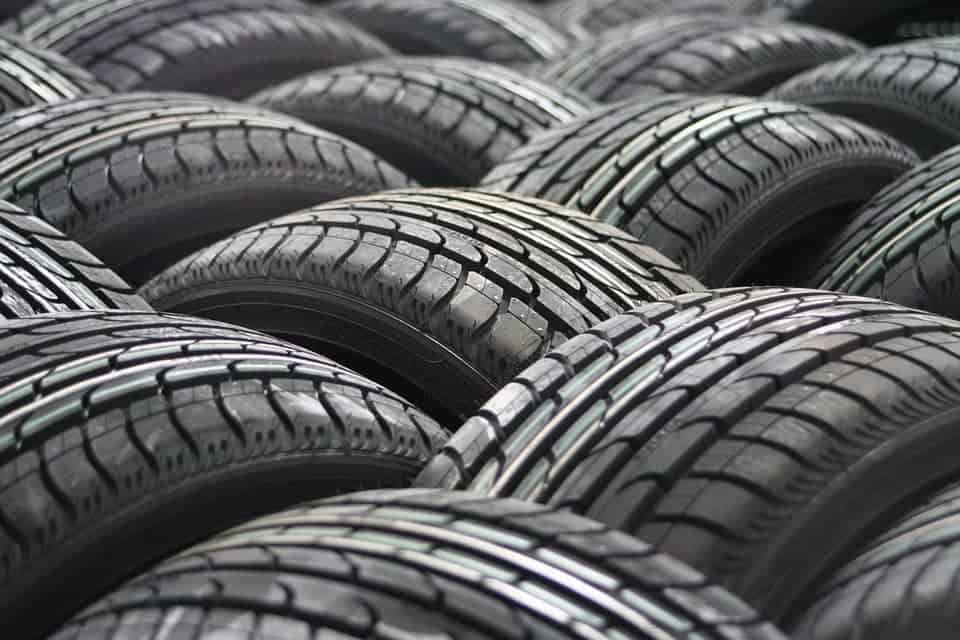
As a consumer, you have the opportunity to contact those responsible and to initiate long-term changes. Continental, for example, is working on Dandelion tires - and TU researchers test filter systems for road gullies.
In the short term, however, you can try to eat much less often and sustainable car to drive. Instead, get on the public transportation and, if possible, even try to completely to live car-free.
4. know the names of microplastics
One of the reasons why we consumers often overlook the microplastics in products is the many different labels that appear on the back of the packaging. for the ingredients must be specified.
So if you don't have the Codecheck app to hand, it can help to at least Some of the most common technical terms for microplastic components to know:
- Acrylates copolymer (AC)
- Polymethyl methacrylate (PMMA)
- Polyurethane (PUR)
- Polyethylene (PE)
- Polyquaternium (P)
- Polyethylene terephthalate (PET)
- Nylon-6 and Nylon-12
- Polypropylene (PP)
- Acrylate crosspolymer (ACS)
- Polyacrylates (PA)
- Polystyrene (PS)
5. live as plastic-free as possible and collect waste from the environment
The last tip against microplastics is natural, Avoid plastic waste yourself and collect it from the environment. Avoid disposable products, for example, buy food in bulk at the market, drink tap water from the reusable drinking bottle*, collect forest or beach walk on vacation garbage Waste in or accept CleanUps part.
Microplastics explained simply!
Basically, the question "What is microplastic?" could be answered quite simply with "Plastic that is smaller than five millimeters" answer. But microplastics are more than just a definition. It is a man-made problem that only we can and must solve, as it harms nature, animals and us humans.
"Plastic will be the main ingredient of all our grandchildren's recipes."
Anthony T. Hincks (more at Zero Waste Quotes)
I hope that the knowledge gained from this article has helped you to better understand microplastics and their impact on the world and what we can do about them. Do you have any questions or suggestions on the topic? Then I look forward to your comment!
Stay clean,

PS: You can find more information about microplastics in everyday life in the article Typical products with microplastics and alternatives. So take a look there too!
References:
- M. Lenz; GEOMAR Helmholtz Centre for Ocean Research Kiel: How dangerous are microplastics for marine animals?, available at https://www.wissenschaftsjahr.de/2016-17/aktuelles/das-sagen-die-experten/mikroplastik-und-meerestiere.html. [01.10.2024]. ↩︎
- I. Laas; Greanpeace Switzerland: Microplastics - Particles in cosmetics, fibers in clothing (as of 21.07.2017), available at https://www.greenpeace.ch/2017/07/21/mikroplastik-partikel-in-der-kosmetik-fasern-in-der-kleidung. [01.10.2024]. ↩︎


